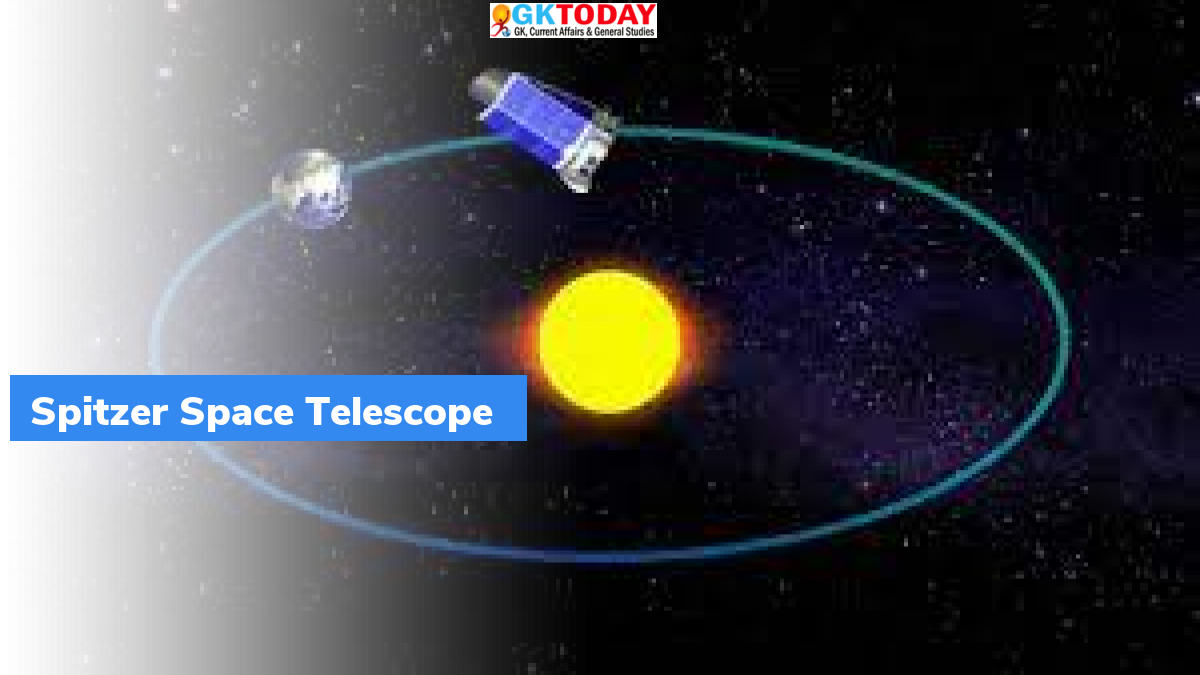Spitzer Resurrector Mission
The Spitzer Space Telescope, renowned for its infrared imaging capabilities, has played a significant role in advancing our understanding of the universe. Launched in 2003, the telescope was designed to function for five years, but it exceeded expectations by continuing to operate for over 16 years. Although retired in 2020 due to its challenging orbit and lack of direct communications with Earth, a new initiative known as the Spitzer Resurrector Mission aims to revive the telescope and unlock its full potential.
Exploring the Infrared Universe
- The Spitzer Space Telescope stands out for its ability to observe the universe in infrared light, providing unique insights into celestial objects that emit heat rather than visible light.
- By detecting the thermal radiation emitted by stars, galaxies, and other cosmic entities, Spitzer has contributed immensely to our understanding of the universe’s structure, composition, and evolution.
- Its infrared observations have unveiled hidden features and unveiled phenomena that would otherwise remain invisible to traditional optical telescopes.
The Spitzer Resurrector Mission
Rhea Space Activity, an astrophysics startup, has been selected by SpaceWERX, the innovation division of the United States Space Force, to lead the Spitzer Resurrector Mission. The mission’s primary objective is to service and restore the Spitzer telescope to its original performance. Rhea Space Activity aims to demonstrate the In-space Service Assembly and Manufacturing (ISAM) techniques developed by the US Air Force and Space Force. The mission involves sending a spacecraft to the Spitzer telescope, which currently orbits about two astronomical units (AU) away from Earth.
Reviving the Telescope
The Spitzer Resurrector mission intends to “restart” the telescope and confirm that it has regained its optimal functionality. Once restored, the spacecraft will remain in proximity to the telescope, serving as a high-rate data relay to Earth. This revitalization ensures that Spitzer can continue contributing to scientific research and exploration.
Unlocking the Potential
The resurrection of the Spitzer telescope holds exciting possibilities for future astronomical endeavors. One area of focus will be the detection and characterization of Near Earth Objects (NEOs) that pose potential hazards to our planet. Spitzer’s infrared capabilities will aid in identifying and studying these objects, enhancing our ability to assess risks and develop mitigation strategies. Additionally, the telescope can continue conducting a wide range of astronomical observations, providing valuable data on various celestial phenomena and contributing to ongoing scientific discoveries.
Month: Current Affairs - May, 2023
Category: Science & Technology Current Affairs


